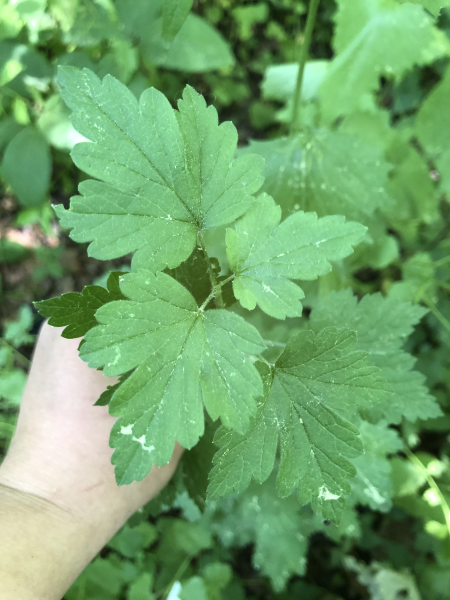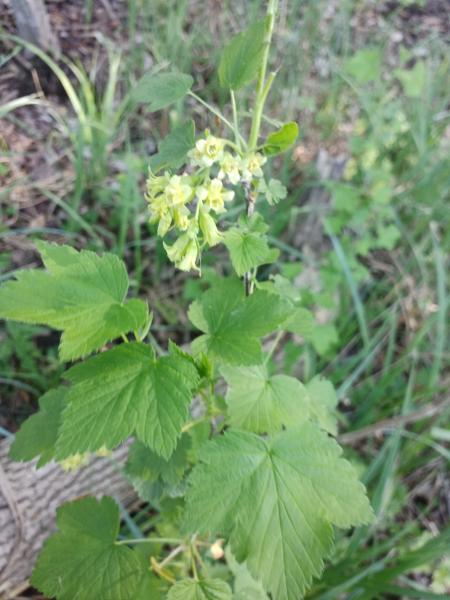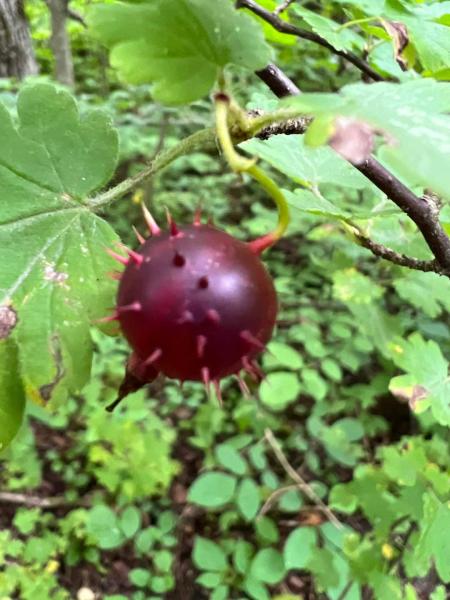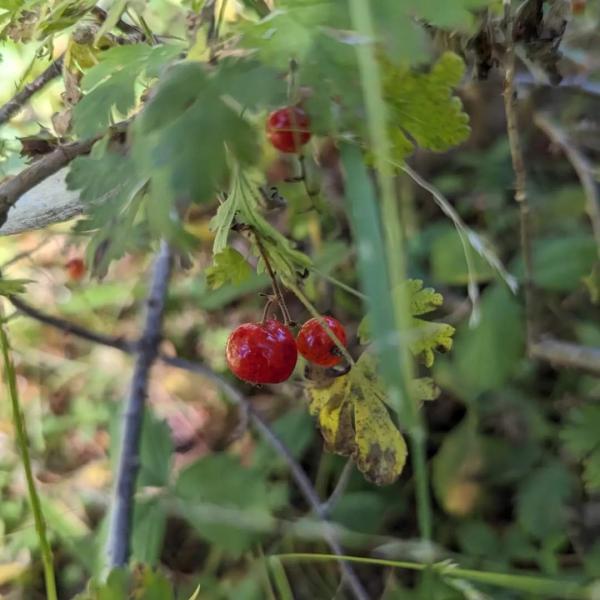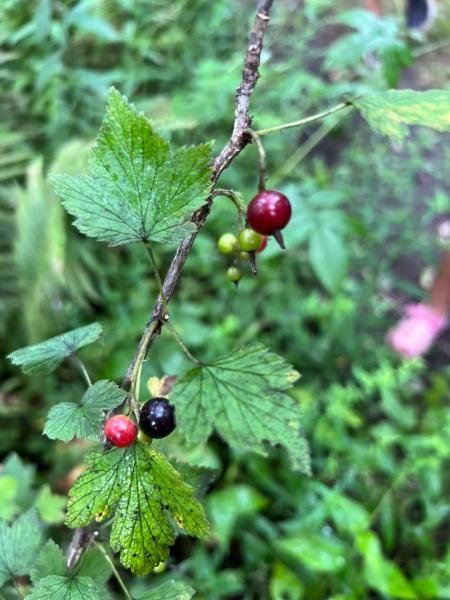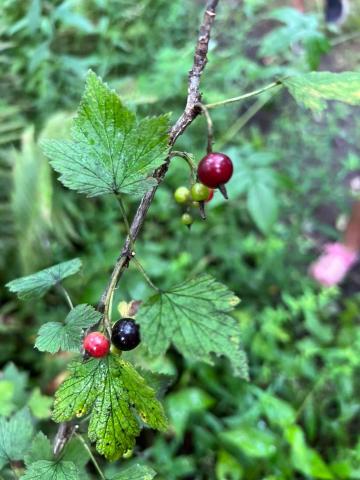
Names and Their Meanings
Black Currant - Ribes americanum
Prickly Gooseberry - Ribes cynosbati
Skunk Currant - Ribes glandulosum
Prickly Currant - Ribes lacustre
Smooth Gooseberry - Ribes hirtellum
Red Currant - Ribes rubrum
Black Currant
Conservation Status
In Ontario and New York S5 (Secure), in Québec S3 (Vulnerable)
Prickly Gooseberry
Conservation Status
In Ontario and New York S5 (Secure), in Québec S4 (Apparently Secure)
Skunk Currant
Conservation Status
In Ontario, Québec, and New York S5 (Secure)
Prickly Currant
Conservation Status
In Ontario and Québec S5 (Secure) and New York (Apparently Secure)
Smooth Gooseberry
Conservation Status
In Ontario, Québec, and New York S5 (Secure)
Red Currant
Conservation Status
No conservation status.
Description
We surveyed six kinds of native/naturalized Gooseberries and Currants growing in the Greenbelt, although we do not have photos for them all. These berries/fruits are undersung sources of food that used to be consumed far more widely than they are now. Frederick Wilkerson Waugh took notes from Haudenosaunee and Anishinaabe over a century ago about the use of Gooseberry and Currant species for foods - eaten as fruit, or made into deserts and condiments. He also recorded from Katie Dybeau in Kahnawa:ke that currants were used to make medicine for tuberculosis; this is not surprising, due to the high nutritional content of these berries, and their potential to create a potent respiratory syrup, like Elderberry syrup. Waugh also recorded that Gooseberries were also historically wrapped in animal skin and rolled on the ground, board or other firm surface, to remove the prickles.
